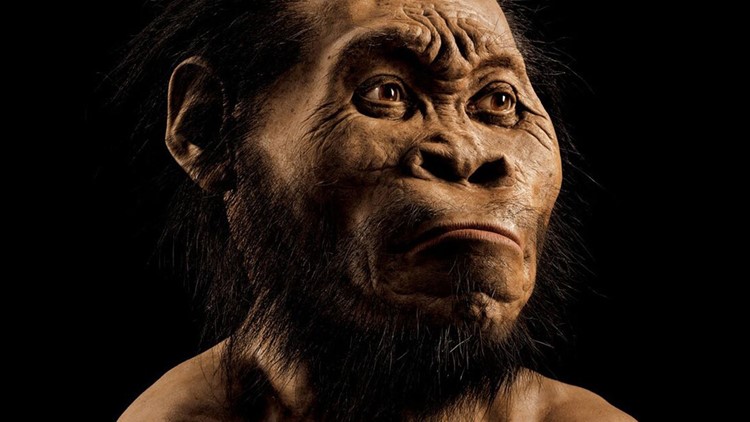FAYETTEVILLE (KFSM) — A University of Arkansas biological anthropologist is part of an international team that verified fossils of a new species of human ancestor, “Homo naledi.”
The discovery of the new species was announced Thursday (Sept. 10) by the National Geographic Society and the University of Witwatersrand in Johannesburg, South Africa. It was originally discovered in 2013 inside Limestone tunnels in the Rising Star Cave outside Johannesburg.
The University of Arkansas has a partnership with the South African university, and researchers have been working on the fossils since they were discovered, according to a University Relations article on the University of Arkansas website.
Lucas Delezene, assistant professor of anthropology in the J. William Fulbright College of Arts and Sciences, is a hominin dental anatomy expert. He has spent the last two years comparing known hominid teeth to the new fossil jawbone to see if it really was a new discovery, the article said. Although a few samples were similar, nothing matched.
Experts examining different anatomical regions — hands, feet, head — had the same conclusions. The fossils were of a new species.
Lee Berger, a professor at the University of the Witwatersrand a National Geographic Explorer-in-Residence, made the discovery. Berger’s parents are U of A alumni and he is a former adjunct archaeology professor, according to the U of A article.
The discovery of Homo naledi has shocked scientists. Berger’s team says the species appears to have buried its dead — a behavior scientists previously thought was limited to humans.
Berger’s team came up with the startling theory just days after reaching the place where the fossils — consisting of infants, children, adults and elderly individuals — were found, in a previously isolated chamber within the cave.
The team believes that the chamber, located 30 meters underground in the Cradle of Humanity world heritage site, was a burial ground — and that Homo naledi could have used fire to light the way.
“There is no damage from predators, there is no sign of a catastrophe. We had to come to the inevitable conclusion that Homo naledi, a non-human species of hominid, was deliberately disposing of its dead in that dark chamber. Why, we don’t know,” Berger told CNN.
“Until the moment of discovery of ‘naledi,’ I would have probably said to you that it was our defining character. The idea of burial of the dead or ritualized body disposal is something utterly uniquely human.”
Standing at the entrance to the cave this week, Berger said: “We have just encountered another species that perhaps thought about its own mortality, and went to great risk and effort to dispose of its dead in a deep, remote, chamber right behind us.”
“It absolutely questions what makes us human. And I don’t think we know anymore what does.”
The first undisputed human burial dates to some 100,000 years ago, but because Berger’s team hasn’t yet been able to date naledi’s fossils, they aren’t clear how significant their theory is.
Berger tried to put the new find into perspective.
“This is like opening up Tutankhamen’s tomb,” he said. “It is that extreme and perhaps that influential in this stage of our history.”



